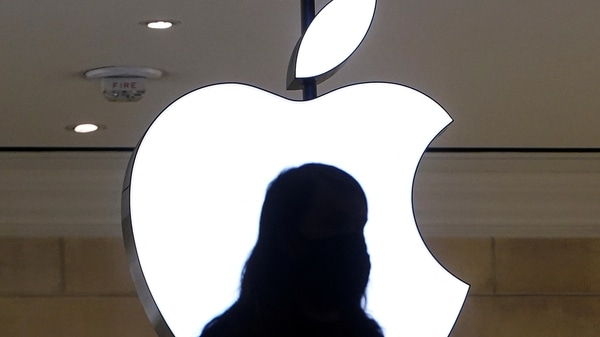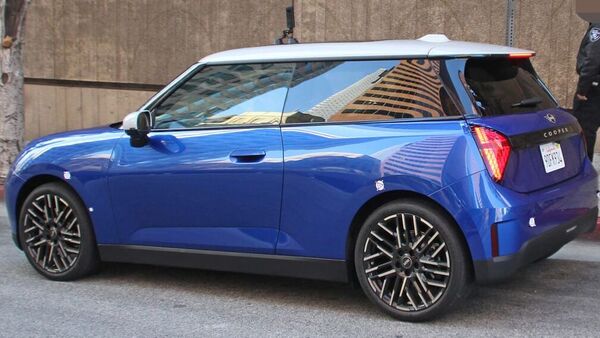
iPhone makers most expensive product may be dead before launch, but its tech can be a goldmine
8 months ago | 84 Views
iPhone is the one key product that helped Apple become one of the most valuable companies in the world. Although the Cupertino-based giant launches a range of new devices every year, there's a long list of products that fail to make it to the launch stage. One of the projects that has reportedly been dumped by Apple is autonomous car. Codenamed Project Titan, Apple's autonomous car would have been the brand's most expensive offering but it never made it out the project phase due to various reasons. Although Apple has reportedly canned the project, its technology keeps surfacing online and one of the technology patents has now been spotted by PatentlyApple. The newly discovered patent shows an advanced camera system for vehicles.
Apple's unique camera system for vehicles
As published in Europe by WIPO, Apple's patent talks about an in-car tech where one or more displays may be integrated on the front windshield. The displays can work as side view mirrors and a rear view mirror. Currently, mirrors are located separately from the front windshield, requiring drivers to look away from the front windshield while changing lanes or braking. This increases risk of collision when the driver is looking away from the windshield. With the technology mentioned in the patent, Apple aims to offer a solution.
According to Apple's patent, the display on the front windshield can be a head-up display, a surface-laminated display, an embedded display, and/or any other suitable type of display. The display in the front windshield may be configured to display feed from multiple cameras above and around the vehicle.
The displays on windshields will make it easier for the user to check for cars, people, or other obstructions around the vehicle and will also allow them to maneuver the vehicle without getting the gaze away from the front windshield. As Apple's Project Titan is reportedly scrapped, it will be interesting to see if this technology makes it to the real world.





















